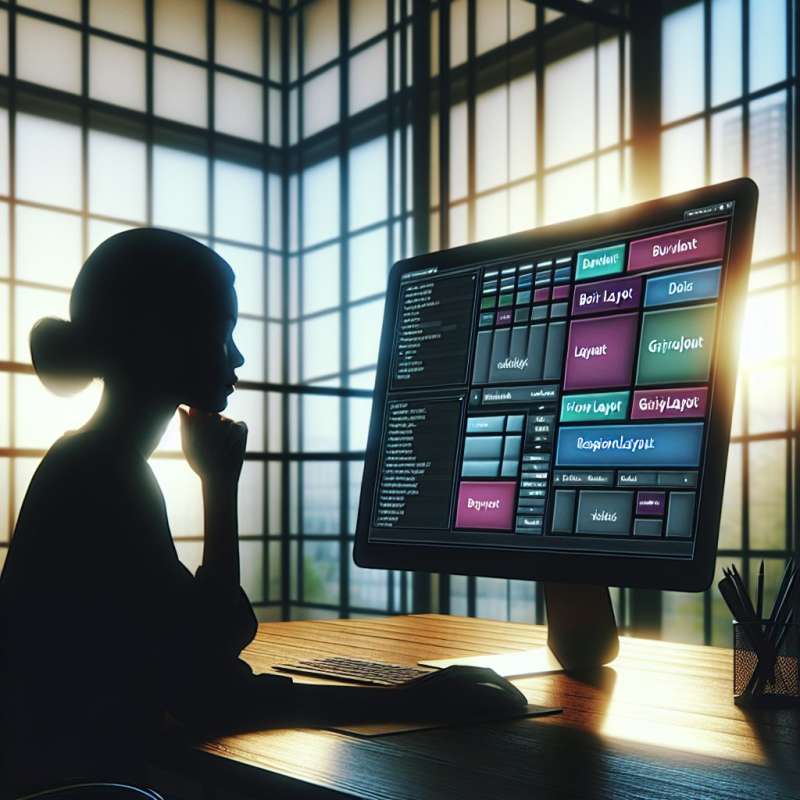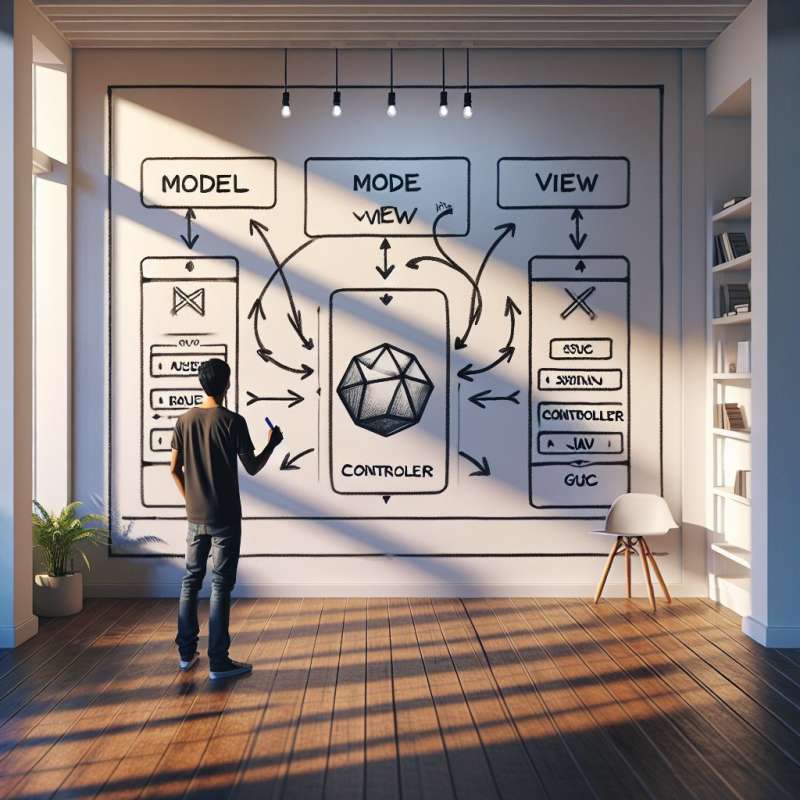
Introduction to Java GUI
Java provides a rich set of GUI components through Swing and JavaFX. Before these, Abstract Window Toolkit (AWT) was used, but it had limitations in terms of look and feel.
Swing's Role in GUI
Swing, a part of JFC, is platform-independent and provides a set of 'lightweight' (all-Java language) components that, to the maximum possible degree, work the same on all platforms.
JavaFX - Modern Approach
JavaFX is a modern, rich-client application platform for desktop, mobile, and embedded systems with support for 3D graphics, multimedia, and rich content.
Event Handling Model
Java GUI frameworks follow an event-driven model. This means that user interactions are captured as events, which are then processed by event listeners that you implement.
Layout Management
Java GUI layouts control the size and position of components within a container. Layout managers like BorderLayout, FlowLayout, and GridLayout help achieve responsive designs.
MVC in Java GUIs
Swing is designed around the Model-View-Controller (MVC) pattern. This pattern separates the data model, UI representation, and user interaction logic, facilitating a clean design.
GUI Threading Rules
Swing is not thread-safe and has a single-thread rule, meaning all the GUI components should be created and modified through the Event Dispatch Thread (EDT) to ensure consistency.
What was Java's first GUI toolkit?
Swing
JavaFX
Abstract Window Toolkit
Company